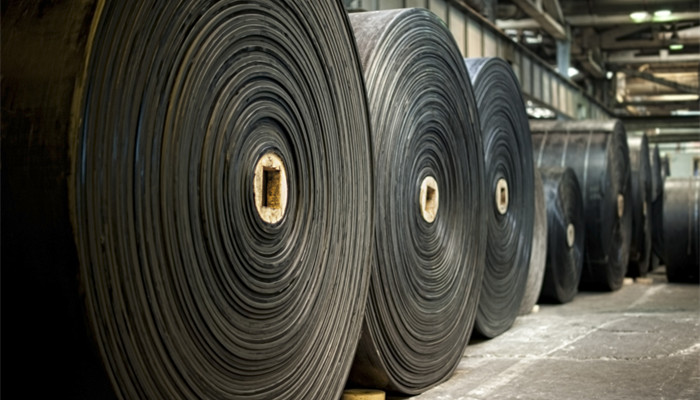
Chloroprene rubber (CR) has a wide range of applications, but industry development faces challenges
Chloroprene rubber (CR) refers to a synthetic rubber produced by α-polymerization of chloroprene (2-chloro-1,3-butadiene) as the main raw material. The appearance of chloroprene rubber is beige, light brown or milky white flakes or blocks. It is soluble in toluene and xylene, but insoluble in solvents such as gasoline and hexane.
According to the “2022 Neoprene Industry Business Plan released by the Industrial Research Center, in recent years, my country’s synthetic rubber market demand has Continued growth, industry prosperity continues to improve. Benefiting from the sufficient supply of raw materials, my country’s synthetic rubber production continues to increase. According to data from the National Bureau of Statistics, my country’s synthetic rubber output reached 8.117 million tons in 2021, a year-on-year increase of 9.7%. As a segmented product of the synthetic rubber market, the chloroprene rubber industry has shown a stable development trend, with annual production capacity maintained at around 70,000 tons and annual output at around 40,000 tons.
The production methods of chloroprene rubber include butadiene chlorination method, emulsion polymerization method and acetylene method. The butadiene chlorination method includes butadiene gas phase chlorination, hydrolysis, hydrogenation and other processes. This method has the advantages of low production cost and is widely used by leading foreign chloroprene rubber companies. my country’s chloroprene rubber production is mainly based on the acetylene method. Due to factors such as high production costs, my country’s chloroprene rubber has not yet achieved large-scale production. At present, there is still a certain gap between my country’s chloroprene rubber production technology and overseas advanced levels. In order to maintain their market monopoly, some leading overseas companies refuse to transfer production technology, which has hindered the development of my country’s chloroprene rubber industry.
Neoprene is mainly used in conveyor belts, rubber seals, cables, lifeboats, viscose soles, building materials, rocket fuel and other fields. In recent years, driven by the rapid development of industry, the output of conveyor belts, as composite products that play a load-bearing and transportation role, has continued to increase. In 2021, my country’s total conveyor belt output will reach 570 million square meters, a year-on-year increase of 8.6%. As an important raw material for conveyor belts, chloroprene rubber has the advantages of heat resistance and corrosion resistance. With the rapid growth of conveyor belt market demand, the development space of my country’s chloroprene rubber industry continues to expand.
In terms of import and export, my country’s chloroprene rubber production cannot meet the demand of the local market and needs to rely on imports. According to data from the China Petroleum and Chemical Industry Federation, my country’s chloroprene rubber imports will reach 22,000 tons in 2021; exports will reach 15,000 tons. Japan, the United States and Germany are the main importing countries of chloroprene rubber in my country.
Industry analysts said that my country is a major producer of synthetic rubber, and chloroprene rubber, as a synthetic rubber segmented product, has a wide range of applications. Driven by market demand, my country’s chloroprene rubber industry will have broad development prospects. However, due to factors such as high technical barriers, my country’s chloroprene rubber production cannot meet market demand and must rely on imports. This is the main challenge facing the development of the industry.

 微信扫一扫打赏
微信扫一扫打赏

